The rule of thirds is one of the fundamental concepts of photography that should be followed (and sometimes ignored) by all photographers.
You just got your first camera. You’re eager to go out and capture images like the ones you see on Instagram and other social media sites. You head out, capture your shots, look at them, and then can’t figure out why your images don’t grab the attention of your viewers and even yourself. We have all been there, and until we research what can help make an image great, our shots will usually fail to cut the mustard. If you are just starting your journey in photography and want to learn one sure-fire way to make your images look a thousand times better, you need to understand why the rule of thirds is important. Let’s talk about this after the break.

To start out, let me just say that the Rule of Thirds is not a hard rule, and it does not need to be followed all of the time. The rule of thirds is, however, a guideline that can lead you down the right path to great compositions and to images that help tell the story you capture. You will find many photos from great photographers who do not follow the rule of thirds, but there is likely something in their images that draw you into them (like the leading lines in the above example).
The pathway in the above image gives your eyes a natural path to follow up to the rocks. In fact, I can almost guarantee that your eyes started at the beginning of the pathway and followed it through the image. The goal is to make the viewer of the picture take it all in, to see the whole scene and not just the main subject. Like leading lines in landscape photography, the rule of thirds used in other genres will help your viewers understand what story you are trying to tell. It may sound a little complicated, but believe us, it isn’t. Let’s break it down a little more below.
What Is the Rule of Thirds?
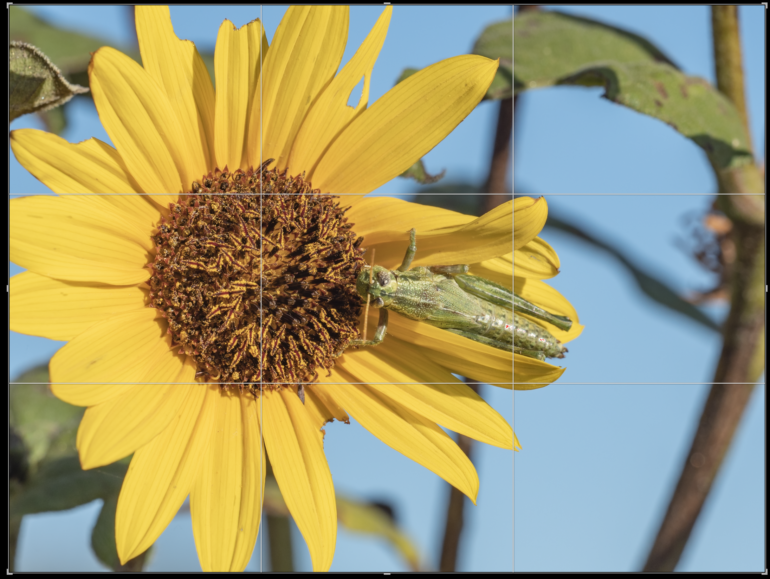
Imagine a grid over an image that divides the picture into nine equal sections. Two lines run from left to right, and two lines run from top to bottom. The points at which the horizontal and vertical lines intersect on both sides of the frame are considered the thirds. As you can see in the image above, the Sunflower sits right over the intersecting points to the left of the center, and it overlaps the two left horizontal lines. The above image shows what a picture will look like when using the rule of thirds.
Human eyes tend to naturally look at things from left to right and vice versa. If the main subject sits in the middle of the frame, your eyes will likely stop moving across the image once it reaches that middle point, regardless of what might be on the right or left-hand side of the picture. You do not want this to happen as your viewers may well miss other elements in the image.

This image, from our Review Editor Paul Ip, is a classic example of why the rule of thirds is so powerful. Imagine if the subject sat in the middle of the frame. Sure, it would have been an excellent portrait, but the surrounding seas and coastline would have been lost. With the model placed on the intersecting rule of thirds points to the right of center, the viewer gets a sense of scale. You’ll also find that more of a story is conveyed to whoever is looking at the image.
A few will argue that the left-hand side of the image is filled with too much negative space, but to the majority of people, that negative space will help tell a story. Where your imagination takes you is up to you, but to me, the image tells a story of a young lady who is enjoying the sea breeze through her hair as she sails off on new adventures and says goodbye to her last location. If she had been placed in the middle of the frame, it would have been a nice portrait shot, but it would not have told a story. That is the power of the rule of thirds; it will help you tell stories, and add context and meaning to your images. Images like this are also just much more pleasing to the eyes. Get creative with that negative space, and use it to help tell your stories or get your point across.
The Rule of Thirds in Practice
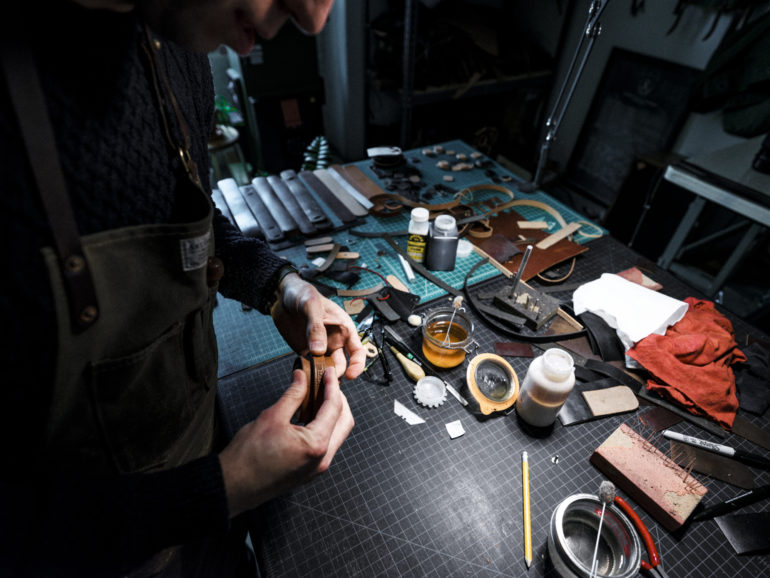
So, when should you use the rule of thirds in your images? It would be best if you used the rule of thirds whenever you are trying to tell a story or give more of an understanding of what is happening in your image. Think about when you are trying to document events like a protest, a process, or when you are making environmental portraits that tell a story. The whole scene in any of these situations will help tell the story that you want to capture, so remembering to use the rule of thirds will be vital.
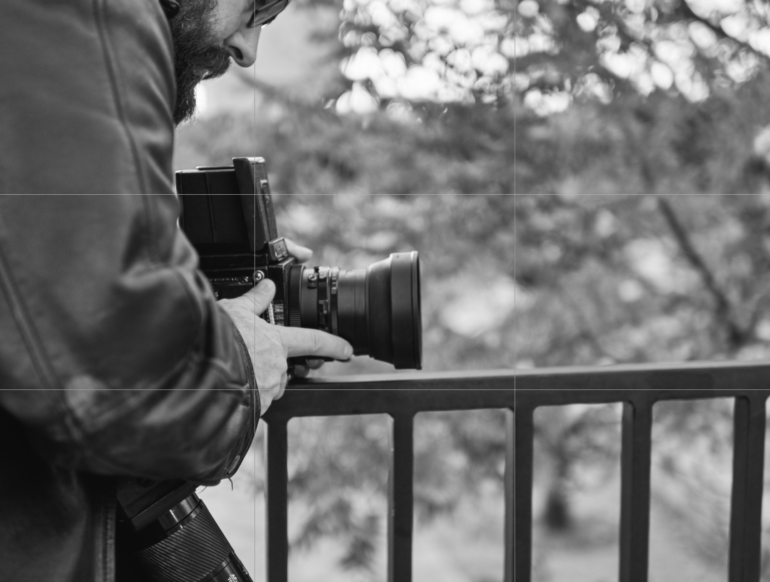
In the image above, you can see John (a great friend mine) capturing some scenes of Oklahoma City. I used the rule of thirds to help me compose this image of him lining up a shot with his Mamiya RB67. He and his camera fall nicely over the intersecting lines to the left, while the negative space to the right implies that there is a beautiful image for him to capture in that direction. The composition tells this story nicely. Activate the rule of thirds grid in your camera, and composing like this becomes easy.

Here, the rule of thirds was followed so that I could capture the Blue Angels ground crew bringing one of their F/A 18 Super Hornets to a stop in its designated spot at Tinker Airforce Base in Oklahoma. Sure, I could have just captured an image of the plane, but by using the rule of thirds to place the aircraft on the right intersecting lines of the grid, I was able to capture a more dynamic image that tells a story of what happens on the ramp.
As you can see from these images, by using the rule of thirds, you can compose and create images that tell much more of a story than those shot without using the grid. Does this mean every shot you take must adhere to the rule of thirds? Heck no. As mentioned above, some of the best photos ever taken didn’t follow it, but it is something every photographer should have an understanding of.
Best Practices
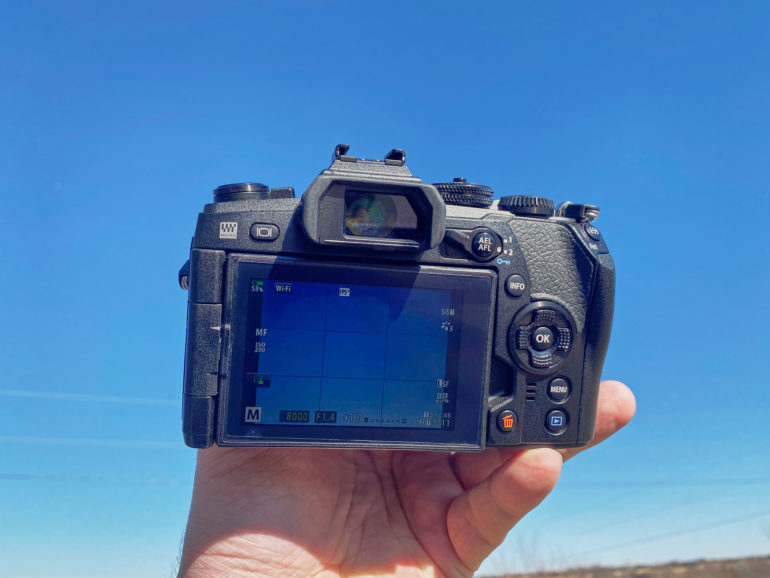
What are the best ways to help you become comfortable with the rule of thirds? That’s a good question. Ultimately it will come down to repetition and keeping this method of composing in the back of your head. You can also do things like turning on the 3×3 grid in your camera as you will then see the composing lines over the image as you look through your viewfinder. As you can imagine, this will make it easier to compose your shots.
You can also use the outer focusing points of your camera exclusively, so that the focus point that falls over the intersecting lines is always activated. Or, you could focus and recompose your shot too. Most importantly, you need to have a clear vision of the image you are trying to create and the story you want to convey.
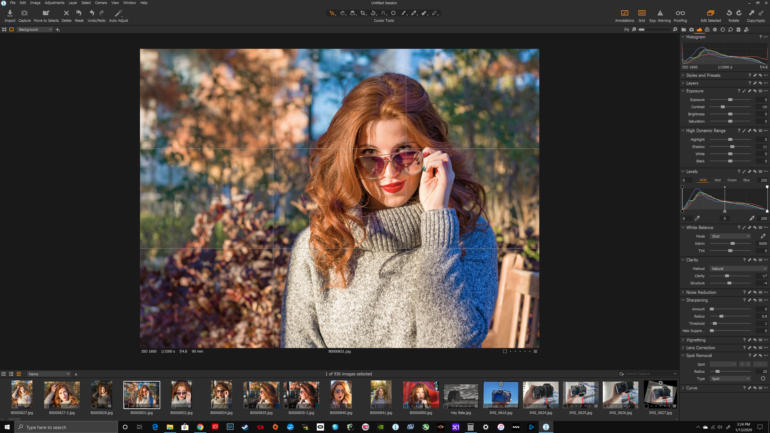
If you don’t get your composition right in camera, don’t sweat it, you might be able to salvage the shot during post. Open up your editing software of choice (I use Capture One 20), grab the crop tool, and then crop until your image lines up with the intersecting lines of the crop tool. Tada! You now have an image that follows the guidelines of the rule of thirds. Honestly, though, don’t sweat it. Don’t think that a picture is no good because you didn’t follow the guidelines precisely. After all, it is better to get the shot than miss it altogether.
The beautiful thing about photography is that there doesn’t need to be rules if you don’t want there to be. You have the power to create whatever you want at the end of the day. Still, learning about the rule of thirds will help you progress as a photographer, and it is a guideline that will serve you well in the future.


